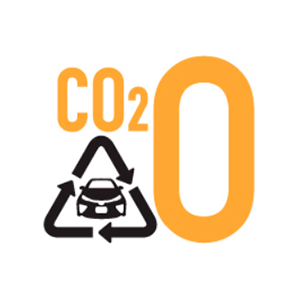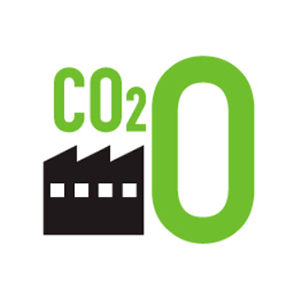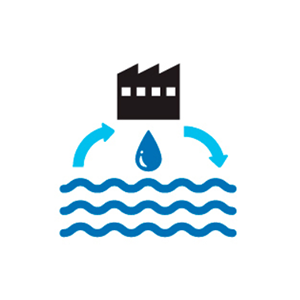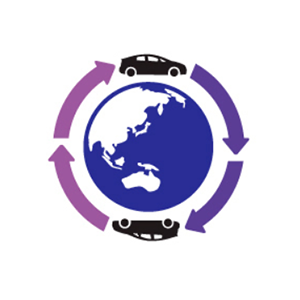Sustainability and Environment
1. Sustainable Development

1st Challenge
New cars with zero CO2 emissions
Reduction of CO2 emissions of Toyota vehicles by approximately 90% by 2050 compared to 2010

2nd Challenge
Product Life Cycle with zero emissions
Elimination of CO2 emissions in all production and driving of Toyota vehicles

3rd Challenge
Zero CO2 Emissions in Plants
Elimination of CO2 emissions in the factory production process

4th Challenge
Minimize and Optimize Water Usage
Reduce the amount of water used

5th Challenge
Establish a Recycling System
Decrease in waste

6th Challenge
Establishing a Future Society in Harmony with Nature
Reforestation initiatives Environmental education and awareness
> Click here to see more.
2. Projects of sustainability
TCAP has been awarded the Carbon Disclosure Project in:
2014:“Best New Comer Portugal”
2015: “Improvement Award Portugal”

2.2 Vehicles at End of Life
3. Toyota and Biodiversity
• SPEA Project Summary
• Forest Ser Caetano – Toyota Forest
4. Management Systems
• Customer focus: the customer is the heart of the matter.
• Leadership: leaders set the strategy and direction of the company
•Commitment of people: people are, at all levels, the essence of an organization.
• Continuous improvement (Kaizen): “Nothing is so good that it cannot be improved”
•Evidence-based decision making: “You can only manage what you can measure,” so decisions are based on analysing data and information.
• Since 1997, the Industrial Equipment Division – North
• Since 2009, Toyota Importer and Lexus
• Since 2018 the Division of Industrial Equipment – South
• Since 2004, the Ovar Factory Division
• Since 2012, the Division of Industrial Equipment – South
• Since 2014, the Division of Industrial Equipment – North
• Since 2016, Toyota and Lexus Management
• Identify hazards, make risk assessments and determine control measures;
• Prevent, combat and reduce risks at source;
• Identify applicable legal and other requirements;
• Establish, implement, maintain and improve the OSH Management System;
• Employee training and awareness.
• Since 2016, the Division of Industrial Equipment – North